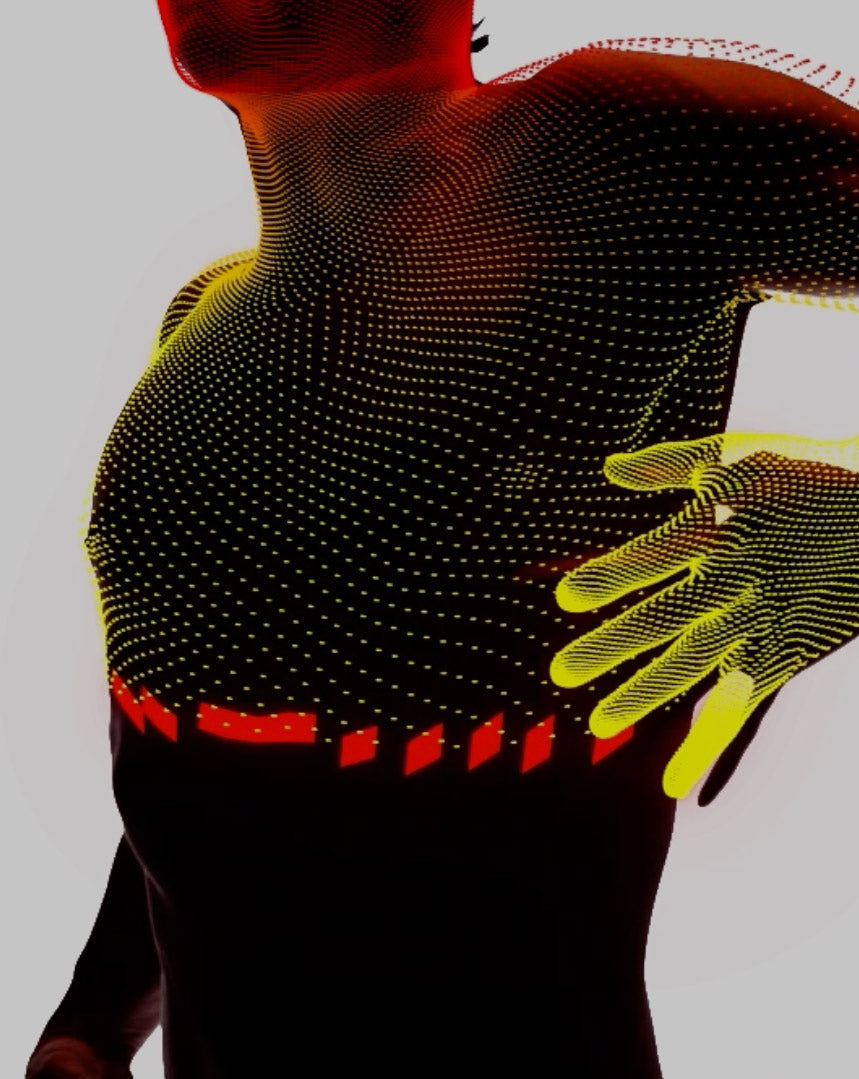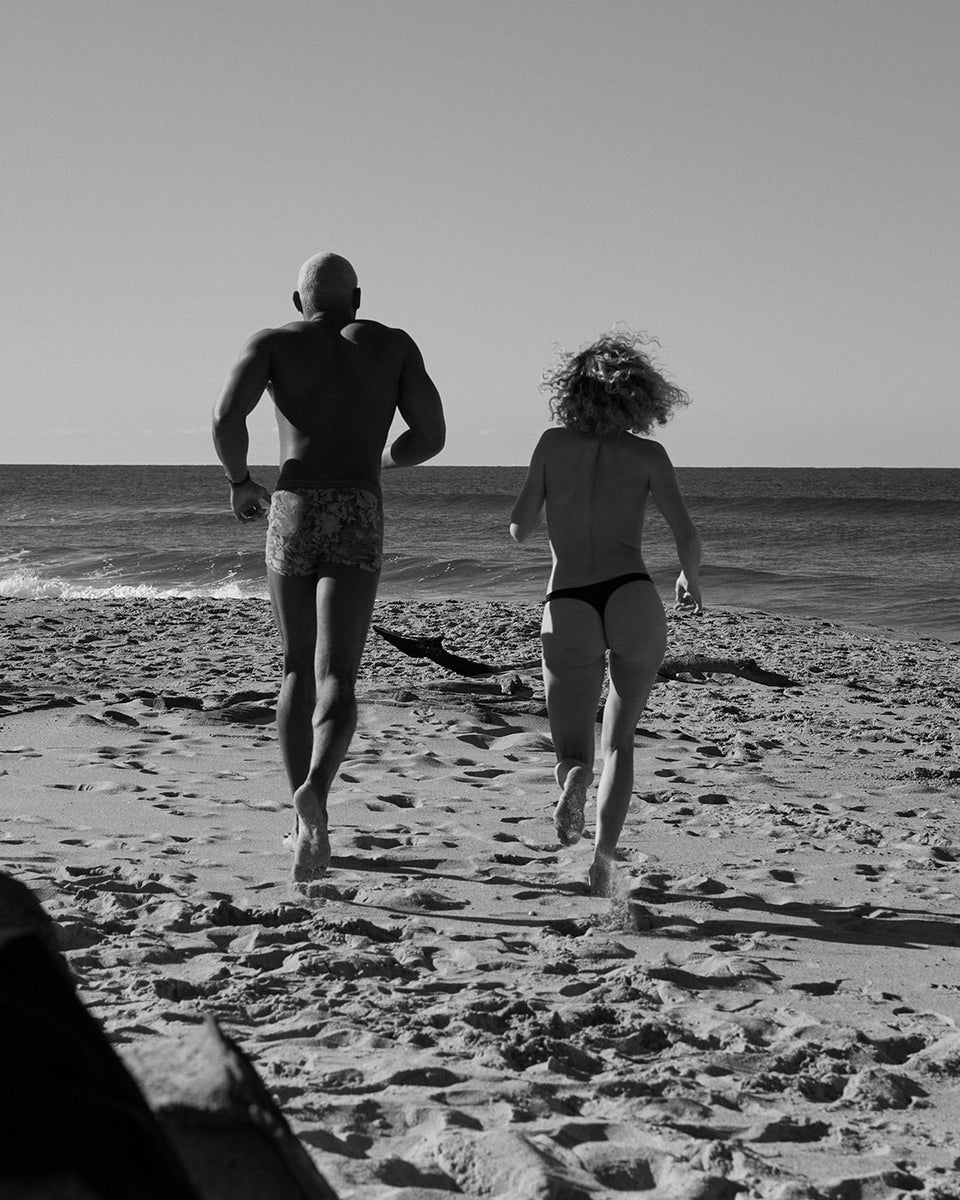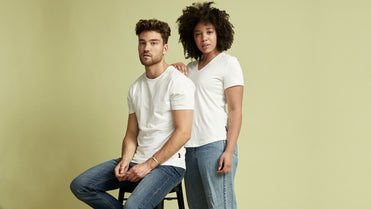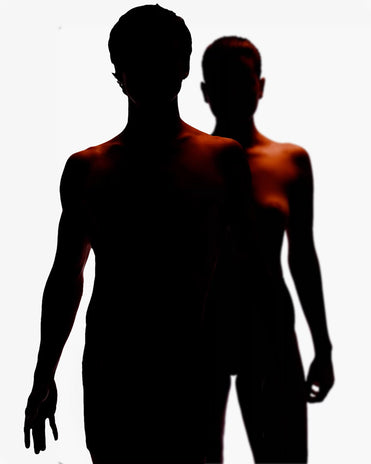“The best-known food that nobody knows anything about.”- Alexandra Leaf, 'Chocolate Educator' NYC.
When you hear the word chocolate, what’s the first thing that comes to mind? Candy bars? Easter eggs? That film with Johnny Depp and Juliette Binoche
Whatever you guessed, it almost certainly wasn’t the ugly, footy-shaped pod known as Theobroma Cacao. And yet, all the chocolate we consume today – about 7.7million metric tonnes every, single year – begins life in one of these pods.
Didn’t know that? Don’t worry, you’re not alone. It’s actually pretty amazing how little most chocolate lovers know about our fave delicacy. To give you some perspective, 7% of American adults still believe that chocolate milk comes from brown cows. We shit you not. And people still think chocolate causes acne (it doesn’t) and is a powerful aphrodisiac (sadly not true, though we keep trying).
So, in the interests of science, we thought we’d unwrap the dark and bitter history that inspired our latest limited edition colour, Xocolatl.
MORE VALUABLE THAN GOLD
Firstly, despite what Roald Dahl might have you believe chocolate is not created in the rivers of Loompaland. Far less fun (but instead true), the origin of your 78% Lindt can be traced back thousands of years to the ancient Olmecs and Mayans of southern Mexico who used cacao to create a ceremonial drink – a bitter, frothy affair that was pretty horrible by all accounts.
You probably wouldn’t like but the Olmecs went nuts for it.

The Spanish conquistadors quickly realised the importance of cacao to the Aztecs and set about controlling both production and trade as a way of securing their hold on the empire.

They passed their knowledge on to the Mayans, who began seasoning their chocolate by mixing the roasted cacao seed paste in water, chile peppers and cornmeal, and transferring the mixture repeatedly between pots until the top was covered with a thick foam. The Mayans in turn went so crazy for the drink that they actually started worshipping it through a powerful deity known as IxCacao.
When the Aztecs then conquered the Mayans, they renamed the drink Xocolatl from whence we get our word ‘chocolate’. The Aztecs used it both for religious offerings and also to reward victorious warriors after battle (VB wasn’t yet invented).
To give you an idea of just how much they valued it, they even used the cacao bean as the official currency of their empire:
- 1 bean could get you 1 ripe avocado
- 4 beans = 1 pumpkin
- 10 beans = 1 rabbit
- 100 beans = 1 ‘good’ turkey hen
The Spanish conquistadors quickly realised the importance of cacao to the Aztecs and set about controlling both production and trade as a way of securing their hold on the empire.
CHOCOLATE SPREAD
So how did chocolate spread from the new world back to the old?
Some historians think that Columbus was responsible for the introduction of chocolate to Spain, whilst others maintain it was the ruthless conquistador, Hernan Cortes. Either way, by the late 1500s chocolate was a much-loved indulgence in the Spanish court and was beginning to spread throughout Europe.
European palates, however, weren’t satisfied with the traditional bitter recipe, and began making their own varieties of hot chocolate by adding cane sugar, cinnamon and honey. This sweeter version was a massive hit and suddenly chocolate caught on in a big way.
Up until this point, chocolate had only been consumed as a drink. But in 1828 Coenraad van Houten invented the ‘cocoa press’, which enabled the production of cocoa powder.
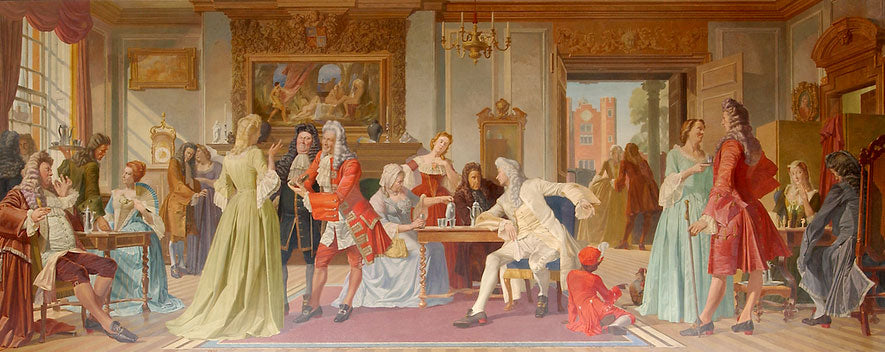
European palates weren’t satisfied with the traditional bitter recipe and began adding cane sugar, cinnamon and honey.

This powder was much tastier to enjoy as a drink, and people started adding milk instead of water, making it more like the hot chocolate we know today. This paved the way for mass production, and chocolate began to become cheaper and more available for the masses.
A slew of inventions quickly followed and by the turn of the 20th century, brands we know today such as Cadbury, Mars, Nestle and Hershey were mass-producing a variety of tasty treats to titillate and captivate the world’s palate.
- 1847 – J.S Fry & Sons invented the chocolate bar.
- 1876 – Nestle brought chocolate to the mass market.
- 1879 – Rudolf Lindt invented a machine that aerated chocolate and gave it a smooth, melt-in-the-mouth consistency.
And that, in a praline seashell, is the history of chocolate.
ROCKY ROAD AHEAD
Unfortunately though, the story doesn’t end there.
Cacao trees require steady temperatures, high humidity, lots of rain, and nitrogen-rich soil in order to thrive. But global warming is changing the climate drastically, and places like Ghana and Côte d'Ivoire that were once perfect for cacao growth, are now finding huge areas of land set aside for cacao production no longer capable of sustaining the crop. Farmers are being forced to go further and further to find new areas for planting which inevitably leads to deforestation and in turn, accelerated climate change.

Less farmers growing cacao means less chocolate in the future, yet already global demand is outstripping supply.
In many cases, farmers are simply abandoning cacao production in favour of crops that need less stringent growing conditions. Less farmers growing cacao means less chocolate in the future, yet already global demand is outstripping supply. Luckily, organisations such as the Bill and Melinda Gates Foundation are working on ways to try and slow climate change and help farmers grow cacao sustainably, but it is a rocky road ahead.
To compound the problem, there’s a lot of exploitation within the cacao industry including child slavery. Human rights are routinely violated and there is corruption at the highest levels. In an attempt to create some sort of ethical yardstick, a certification was introduced in 2007 called the UTZ Cocoa Program. In essence, this monitors fair trade practises, farm management, living conditions and environmental concerns.
Sadly, however, although the label on your chocolate bar may claim it is ethically sourced it’s hard to know for sure as the cloud of slavery hangs over the industry as witnessed in the Netflix doco ‘Rotten’ which is absolutely worth watching to get your learning on. Because for such a sweet treat, the ethical minefield of the globalised cacao supply chain leaves a pretty bitter taste in the mouth.

LOOK GOOD ENOUGH TO EAT
Speaking of treats, our latest limited edition colour in organic cotton, Xocolatl, is pretty sweet as well with the added benefit of certified ethics thanks to being made in Sydney in our ECA accredited factory.
The rich, brown colour, inspired by the finest dark chocolate also evokes powerful connotations of nature (earth and trees) and is said to give a sense of reliability, resilience, healing and strength. And thanks to our Magic Fit® technology which flatters every curve in every body, you are guaranteed to look good enough to eat.

